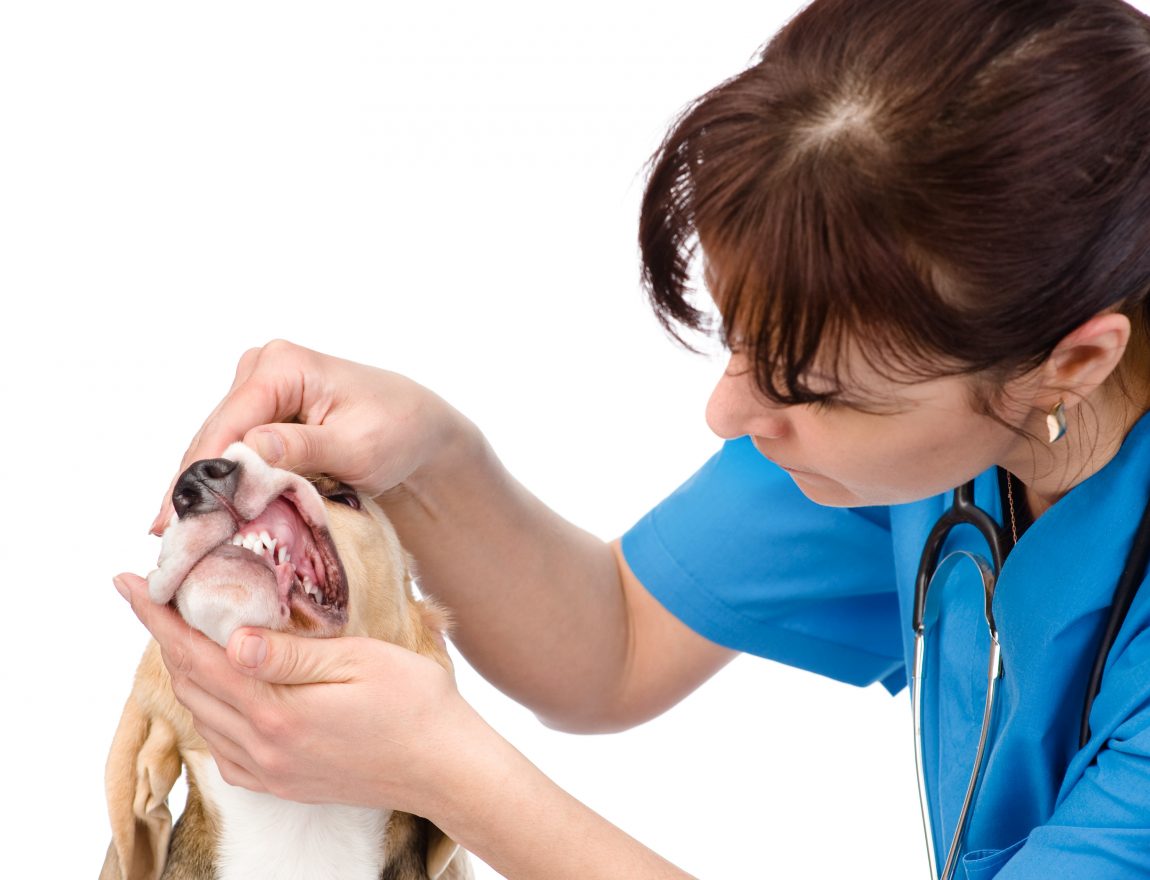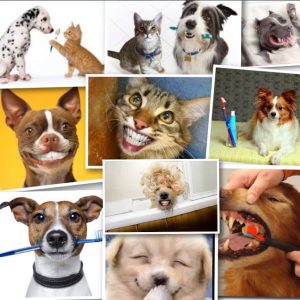
The Warning Signs Your Pet’s Teeth Need More Attention
February is National Pet Dental Month recognizing the importance of dental health in our pets and encouraging pet parents to take great care of our pet’s teeth. An entire month dedicated to raising awareness of pet dental disease and prevention. Did you know that periodontal disease is one of the most common and overlooked disease in veterinary medicine? Just like in humans, poor dental health can result in serious health issues such as heart disease, increased risk of cancer, increased risk of diabetes, and pancreatic disease, amongst others. So why is dental disease an epidemic? What can we do as pet owners to ensure our pets live longer and happier lives by preventing periodontal disease? The first step is to have your pet’s teeth evaluated by your veterinarian. Many of my pet parents do not realize their pets have dental disease. Commonly my clients bring their pets to see me with complaints that their breath smells horrible or eating habits have changed. These are the most common signs of periodontal disease. Recognizing the signs of periodontal disease is the first step in improving your pets oral care and overall health.
The following are some clinical signs that may suggest your pet has periodontal disease?
-
- Halitosis (bad breath). Persistent bad breath is generally the first sign my pet parents notice.
- Gums that bleed easily. Is there blood on your pet’s bones or toys? This is a sign of possible gingivitis and should be evaluated by your veterinarian.
- Changes in eating behaviors. If your pet is eating slower or chews only on one side of their mouth, this can be a sign of pain and possible periodontal disease.
- Loss of appetite. Always has your pet evaluated by your veterinarian when they are not eating.
- Pawing at the mouth. This can be a sign of oral pain.
- Sensitivity around the mouth. If your pet no longer allows you to rub their chin or mouth area, this may be a sign of discomfort due to dental disease.
- Loose or missing teeth.
- Yellow or brown hardened material on the tooth. This is usually tartar and needs to be cleaned professionally with a scaler and ultrasonic cleaner by your veterinarian.
- Discoloration of a tooth. This may be a sign of a tooth root abscess or decaying tooth.
- Purulent exudate (pus) around the tooth. This may be a sign of an infection.
- Gums that are inflamed (red), hyperplastic, or receding. This may be a sign of gingivitis.
- Swelling under the eye. This may suggest a possible tooth root abscess and needs to be addressed immediately with your veterinarian.
- Constant nasal discharge. This may be a sign of periodontal disease.
- No signs at all. Many pets will not show any clinical signs that they are suffering with periodontal disease. It is imperative to visit your veterinarian for a thorough examination and dental cleaning annually or biannually.
Pets cannot verbalize to us when they have subtle oral pain or they are not feeling well. Biannual examinations and dental cleanings with your veterinarian are important regardless of whether your pet is exhibiting signs of disease. Unfortunately, poor dental health is the most overlooked cause of disease that I see. Early detection and prevention of periodontal disease are imperative for maintaining the overall health and wellbeing of your pet. I hope this helps inspire all my pet parents to take the best care of their pet’s teeth, not only in February, but all year long.




